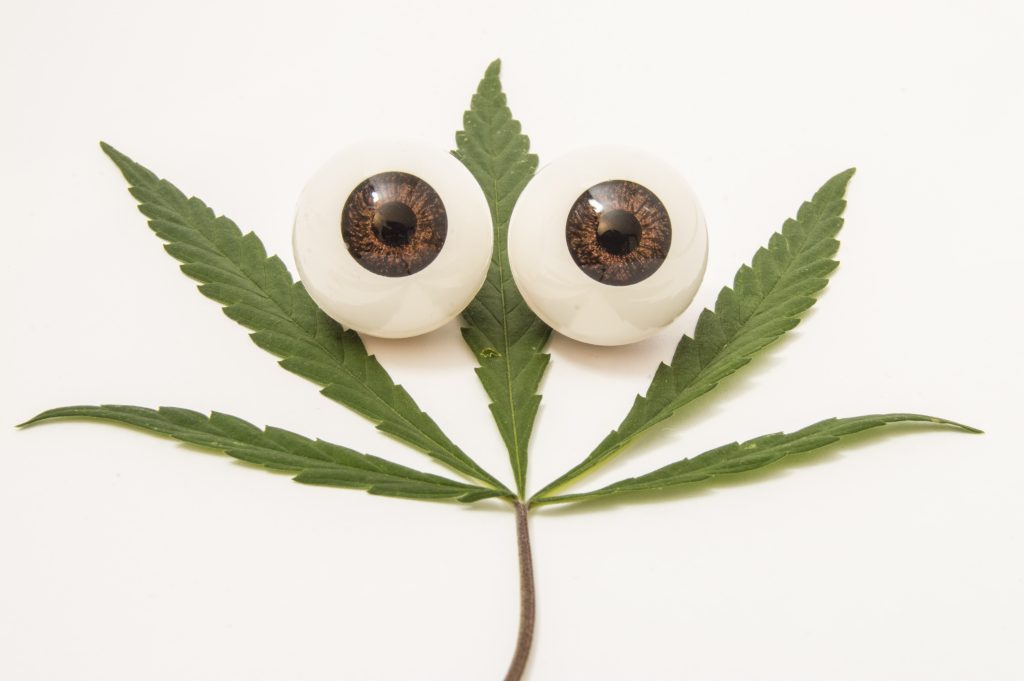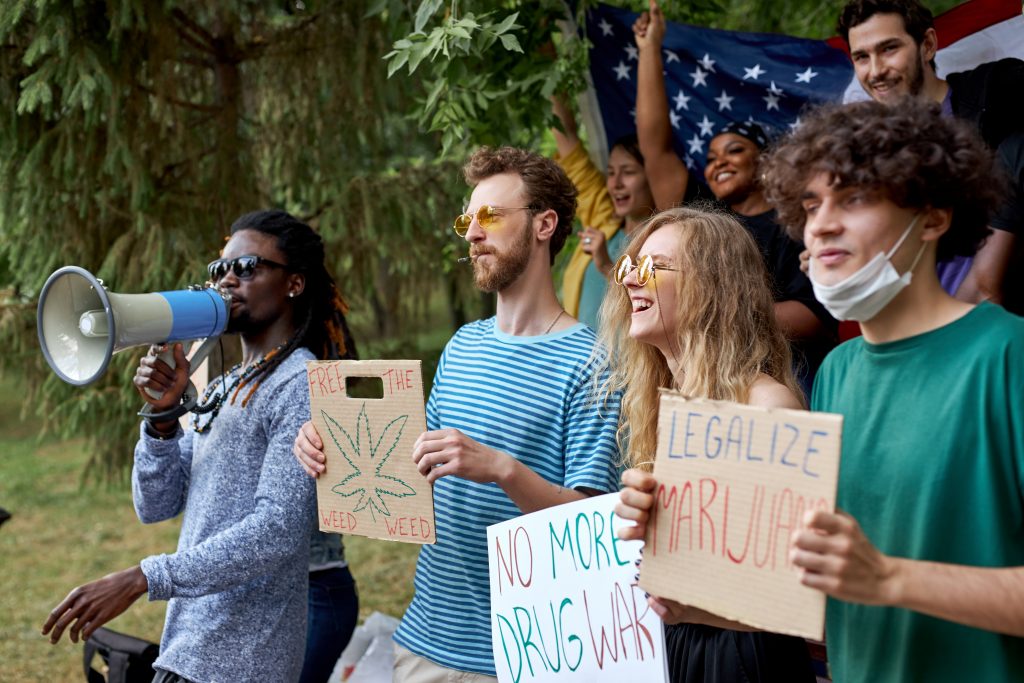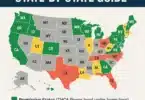When we think of the legalization of cannabis, it is not a short, concise, or simple story. And each step forward has been the result of some kind of governmental policy change due to changing opinions, or legal consequences as the result of a person’s actions. In this article we’re going back to the re-introduction of medical cannabis in America, which all started in the 70’s with Robert Randall, when he beat the U.S. in court.
How sad is it that the holidays are over? Well, we’ve got an answer to the post-holiday doldrums…don’t stop shopping! It’s 2021, and we’ve still got some really great Delta-8 THC deals for you and everyone you know. The holidays will come again, but for now, you can keep the spirit alive by keeping the gifts flowing!
Who is this guy?
There really wasn’t anything terribly special about Robert Randall for the first part of his life. He was born in 1948 in Sarasota Florida, and attended the University of South Florida as a political science major starting at age 19, eventually earning a bachelor’s degree in speech and a master’s degree in rhetoric. During this time he started to realize issues with his vision. He would see halos with different colors around lights, his vision would get fuzzy, and he experienced white-blindness – or achromatopsia, a form of color blindness that makes it difficult to distinguish any colors at all. Randall did go to the doctor to investigate these vision issues, but due to his age, he was told it was a result of stress.
After he graduated from university, Randall moved to Washington, DC where he took up as a cab driver. Around 1972, he realized that if he closed his left eye, he was no longer able to read out of his right eye. It didn’t matter if the writing was close up to his face, or several inches away. This time when he went to an ophthalmologist, he was finally given the diagnosis of glaucoma.
There is no cure for glaucoma today, which means there sure wasn’t any back then. Not only was Randall given this diagnosis, but he was told he would go fully blind in three to five years. As with most conditions with no real workable treatment, glaucoma sufferers are generally put on medications to try to preserve eyesight for as long as possible. Then and now, such medications are associated with pain, chronic fatigue, kidney issues, and more. Randall was thoroughly unhappy with the situation.
What is glaucoma?

Before getting farther into Randall’s story, let’s take a look at his affliction to get a better idea of what he was suffering from. Glaucoma is the name given to a number of eye conditions that specifically target and damage the optic nerve. The optic nerve sits in the back of the eye and is responsible for the transfer of visual information from the retina of the eye, to the vision center of the brain, which is does through electrical impulses. The optic nerve itself does not make sense of the information coming in, but rather acts as a vital link in the chain, passing on information to the brain where it can be deciphered.
It’s like a waiter writing down your order at a restaurant and then taking it back to the kitchen where the chef can decode it to prepare the meal. Imagine what would happen if the waiter hurt his leg and could only limp back and forth. Or if he disappeared altogether. There would be no way to get the information from the eaters, all the way to the chefs. It suffices to say that a well-functioning optic nerve is necessary for good vision.
One of the ways glaucoma damages the optic nerve, is with abnormally high pressure. Glaucoma is a leading cause of blindness in those 60 years of age and older, and while it does usually target older generations, it can occur at any age.
I can actually account for this myself, having had high eye pressures nearly my entire life (also affected by the thickness of the cornea, or in my case, the thinness of the cornea). My grandfather was nearly completely blind when he died with glaucoma a couple years ago, my uncle was just as lucky as Robert Randall, being diagnosed in his college years, and my mother actually required holes drilled in her corneas to relieve the pressure. It does say quite a bit for modern medicine that my mother and her brother have not lost their vision…yet. Loss of vision from glaucoma cannot be recovered. Most people with this affliction lose their vision gradually, and often problems aren’t realized until way too late.
There are two types of glaucoma, they are defined by the angle created by the iris (the part of the eye with color) and the cornea, which is the outer layer that covers the eye. Open-angle glaucoma refers to when the iris is in the right place, but fluid is kept from appropriately exiting, creating a build-up of pressure. Kind of like having a clogged drain. In closed-angle glaucoma, the iris itself is usually misshapen or damaged, causing it to be squeezed against the cornea. This also blocks the ability for moisture to leave, allowing for a build-up of pressure. Open-angle is substantially more common.
If you are concerned you might have an eye issue like glaucoma, please consult your family physician or a specialist. Some basic warning signs to be aware of:
Open-angle – patchy blind spots in central or peripheral vision, in one or both eyes. Tunnel vision when advanced stages are reached.
Closed-angle (narrow-angle, acute-angle) – intense headaches, eye pain, blurry vision, halos around lights, eye redness, nausea and vomiting.

And now back to Robert Randall
Robert Randall had smoked marijuana before, and remembered that it had helped with eye strain previously. Around 1973 he realized that smoking cannabis did, indeed, help his eyesight. In fact, remember those halos he was seeing around lights? He found that smoking cannabis helped eliminate them. He found such relief from cannabis that he eventually started growing it himself to cut down on costs. In early 1975, marijuana plants were found on his back porch, and in August of that year, he was busted for simple possession of cannabis. At this time, cannabis was 100% illegal for recreational or medical use in the U.S., and not one state had a medical marijuana policy. The use of cannabis had been outlawed since the 1937 Marihuana Tax Act.
Randall decided to fight back. He went in front of the court and presented a medical defense that even his lawyer was not behind, stating that smoking marijuana helped to minimize his suffering from glaucoma. This was a completely novel claim at the time. But Randall persevered, finding research conducted through UCLA that supported his claim, and going through a litany of tests to prove his point.
The United States vs Randall
There are plenty of landmark cases in U.S. legal history, and this case is certainly one of them. In 1976, Robert Randall went up against the US federal government using a medical necessity defense for his use of marijuana. Through the case it was found that according to the original diagnosing doctor, Doctor Fine, that the drugs being used to treat his glaucoma were completely ineffective by 1974 due to increased resistance.
Once on trial, he became a participant in experimental programs led by Dr. Hepler who worked for the US government. Dr. Hepler testified in court that Randall was not being helped by the medications, and that surgery was a dangerous idea as it could result in immediate blindness. In fact, the main result of the medical tests was that marijuana smoke did reduce his visual problems, and had a beneficial effect on his overall condition.
The court ruled in Randall’s favor as it found he met all the requirements for a necessity defense, and that he had not caused his own blindness. Judge James A. Washington of the D.C. Superior Court stated when Randall beat the U.S. “…the evil he sought to avert, blindness, is greater than that he performed.” When Robert Randall beat the U.S., he became the first person in the U.S. since 1937 who could legally smoke marijuana. And not just smoke it, but have it provided to him by the U.S. government. Something that continued until his death on June 2nd 2001 due to AIDS complications.
Around the same time that Randall beat the U.S. in court and the charges were dismissed, Randall’s attorneys were successful in petitioning the FDA to have him participate in a research program that would allot him 10 joints a day. This was fine, though Randall often complained about the quality of the government marijuana, claiming it tasted metallic and that street cannabis was better. Then in 1978, his eye doctor moved states and Randall was abruptly dropped from the program. So, what did he do? In 1978 Randall successfully sued the U.S. government to be included in the program once more! Yes, Randall beat the U.S. government again. In fact, this means Randall beat the U.S. government twice. First defensively, and then offensively.
Since then…

Randall wasn’t just out for himself, he became one of the leading cannabis activists of the time. He travelled around lecturing – even risking his own ability to access cannabis, as well as pushing for legal change. Between 1978-1980, he was an instrumental aide in enacting 30 different laws throughout the States that recognized the medical benefits of cannabis, and also helped establish programs to provide medical cannabis access to patients. Most were never actually active though as the federal government fought hard to close them.
In 1981 he founded the Alliance for Cannabis Therapeutics, a non-profit which pushed for greater legal freedoms when it comes to medical marijuana. He even drafted legislation for the 97th congress for the fair and compassionate use of medical marijuana. Hearings were never heard on it, but it did attract 110 co-sponsors including a young Newt Gingrich.
In the 1990’s he began focusing more on AIDS, likely because of his own situation of being diagnosed with AIDS in 1994. He established MARS – the Marijuana AIDS Research Service to help those with AIDS obtain cannabis for medicine. Hundreds of patients went to access this service, and though it was initially approved by the government, it was abruptly closed, even though requests had been given the okay. This left a lot of sick people with no means for legal, useful, cannabis medication, and public outrage over it led to different states eventually offering up ballot measures. It’s what helped drive California to pass Proposition 215 in 1996, becoming the first state to have an instituted medical marijuana program (which came well after Virginia allowed medical use in a drug bill, but never put it into action).
Randall also authored six books, one of which was about his plight. Co-authored with his partner Alice O’Leary, the book is entitled Marijuana RX: the Patients Fight for Medical Pot. He died in 2001 in the same city he was born, Sarasota, Florida. He was 53 years old.
Conclusion
Robert Randall’s name is not one of the more well-known when it comes to legal antics or cannabis, yet he proved himself to be one of the most important figures in the re-establishment of medical marijuana. As medical legalization policies sprout up all over the world, and as medical cannabis was just rescheduled according to the UN’s Single Convention on Narcotic Substances, perhaps we should take a minute to give a little thankful appreciation to one of the heroes that helped make it happen. So thank you Robert Randall, for having the intelligence, motivation, and drive to beat the U.S. in court, and for fighting to help those in need.
Welcome to CBDtesters.co, your prime location for all cannabis-related news. Stop by daily to keep your fingers on the pulse of legal cannabis, and sign up to our newsletter so you never miss a beat!
References
Why Using THC Is Good for the Eyes
Cannabis and Schizophrenia – Not a Testable Hypothesis
Cannabis Falling from the Sky in Israel
Can CBG Be The Answer To Treating Glaucoma?
Prop 65 Warning on California Cannabis Products Opens the Floodgates for Next Nobel Prize Winner? Will Legal Synthetic Cannabinoids Take Over Cannabis Industry?
What is DELTA 8 THC (FAQ: Great resource to learn about DELTA 8THC)
Lebanon Legalized Medical Cannabis, 1st in Arab World
Argentina Legalized Medical Cannabis in 2017 – and Gives It Away for Free
The CBD Flowers Weekly newsletter (your top resource for all things smokable hemp flowers)
The Medical Cannabis Weekly newsletter (International medical cannabis business report)
How Green Is Ireland When It Comes to Cannabis Regulation?
The Delta 8 Weekly Newsletter (All you need to know about Delta 8 thc) and the Best Black Friday Delta 8 THC Deals 2020. The best delta-8 THC deals, coupons and discounts.
As Medical Cannabis Industry Booms, China Remains Quietly on Top Virginia and Cannabis, Setting the Record Straight The World’s First Fully Stable and Genetically Uniform Cannabis Hybrid Seeds
Can You Be Allergic to Cannabis?







